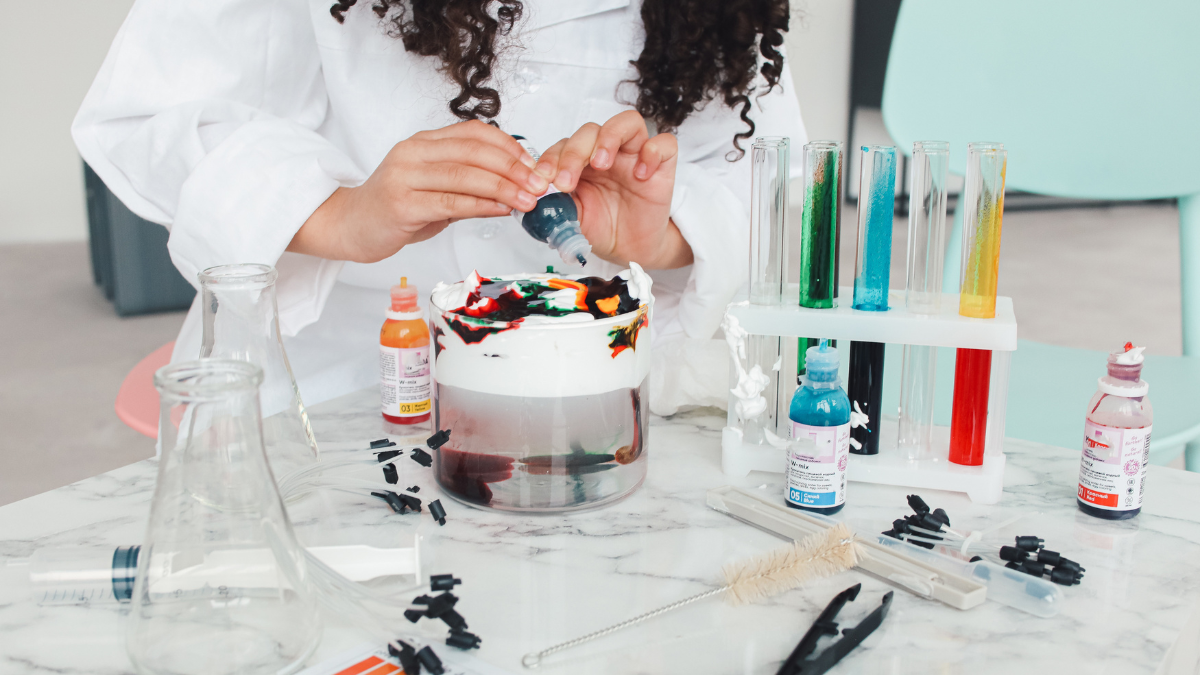Science and women have shared a chequered past, so much so that the names of Indian women scientists come easily to be counted on the finite fingers. A report released by the Indian Academy of Sciences mentions how the generic Indian scientist is assumed to be male, when Indian women have already marked their presence in this field a century ago, the first Indian woman obtaining her degree as a medical doctor in 1885.
The reason for the lack of ignorance stems from the aged gendered assumption that women and science make an incompatible combination, and since they are an incompatible combination, one need not bother about women who actually penetrated their way through the rigid assumptions.
One such woman who remains shrouded in this obscurity is Dr. Purnima Sinha, a physicist and the first Bengali woman to receive a doctorate in Physics.

Early life and Education
Dr. Purnima Sinha (née Sengupta) was born on 12th October, 1927. Her father was Dr. Naresh Chandra Sengupta, a constitutional lawyer and a progressive writer, who also advocated for the education of women. She, along with her three older sisters, was keenly interested in subjects like Physics, Chemistry, Economics and Mathematic. The liberal atmosphere at home allowed them the freedom to pursue subjects of their choice.
THE REASON FOR THE LACK OF IGNORANCE STEMS FROM THE AGED GENDERED ASSUMPTION THAT WOMEN AND SCIENCE MAKE AN INCOMPATIBLE COMBINATION.
Dr. Purnima Sinha obtained her doctorate on ‘X-ray and differential thermal analysis of Indian clay and minerals’ from the University of Calcutta under the aegis of Dr. Satyendra Nath Bose in 1957. It is important to note that the study of sciences in India was still in a nascent stage and in fact, the Physics Department of Calcutta University Science College became functional only in 1916. The Vice Chancellor, at that time, Sir Asutosh Mookerjee knew that the British government would not financially aid the Science Department. He, therefore, raised funds through rich Indian donors and the Science Department came into being with CV Raman, Satyendra Nath Bose, and Meghnad Saha on board.
Career
Post her doctorate, Dr. Purnima Sinha dabbled in Biophysics at Stanford University, working for Howard Pattee, a theoretical biologist in the year 1963-4, studying the structures of bases and clay as they appear in the DNA double helix.
Upon her return to India, Dr. Purnima Sinha worked at the Geological Survey of India and the J.C Bose Institute for two decades before joining the Central Glass and Ceramic Research Institute. At the Central Glass and Ceramic Research Institute, she worked on the physics of ceramic colour.
Also Read: 8 Women In STEM Who Made Their Mark In 2019
In one of her accounts, Dr. Purnima Sinha recounted how during her research phase, she as well as other researchers were asked by Professor S.N Bose to fabricate their own X-ray instrument (sometimes using the World War II surplus) in accordance to their individual needs. In this way, Dr. Purnima and her team had classified more than fifty clay samples.
She regularly contributed to science journals like Jnan O Bijinan (Knowledge and Science) which was published by Bangiya Bijnan Parishad (Bengal Science Association) started by her mentor, Dr. S.N Bose. She was also felicitated by the association for fostering and promoting a spirit of scientific enquiry.
Apart from her interest in Physics, Dr. Purnima Sinha also took keen interest in fine arts, and even published a book titled, An Approach to the Study of Indian Music and works on musicians Gopal Ghosh and Jnan Prakash Ghosh.
She also translated Schrödinger’s Mind and Matter and Kamenetskii’s Unravelling DNA: The Most Important Molecule of Life into Bengali.
She has also been instrumental in reconstructing the life of her mentor, Dr. S.N Bose (known for his theory of the Bose-Einstein condensate) by writing extensively on and about him.
It becomes necessary then to ascribe importance to women like her and include them in the mainstream narrative, and reconstruct the history of science in India which remains highly gendered and myopic.
Personal Life
Dr. Purnima Sinha married the renowned anthropologist Surajit Chandra Sinha, and had two daughters, Supurna and Sukanya. Both of them are physicists as well.
Dr. Purnima Sinha had interests beyond physics. She was visited by eminent theatre personalities, musicians and other artists, including Satyajit Ray. Eminent film director Satyen Bose was her mentor too.
She passed away on 11th July, 2015.
Also Read: Do Men In STEM Hate Women?
She was a woman of many talents, and having retired from the Central Glass and Ceramic Research Institute, she does seem to have hit the glass ceiling at a time when the education of the girl child was a much fraught issue. She was featured in the Indian Academy of Sciences’ endeavour, ‘Lilavati’s Daughters: The Women Scientists of India.’
It becomes necessary then to ascribe importance to women like her and include them in the mainstream narrative, and reconstruct the history of science in India which remains highly gendered and myopic. For if women like the illustrious Dr. Purnima Sinha are writing about their mentors (usually men), someone needs to undertake the initiative by writing about women like her as well.
References
- Supurna Sinha: ‘Like Mother, Like Daughter’
- Arnab Rai Choudhuri: The Golden Age of Calcutta Physics
About the author(s)
Sonakshi is currently pursuing her post graduation in English from Delhi University. A keen flaneur, she loves to read, and takes a keen interest in art and culture. She hopes to conquer world literature, and be a writer one day.




